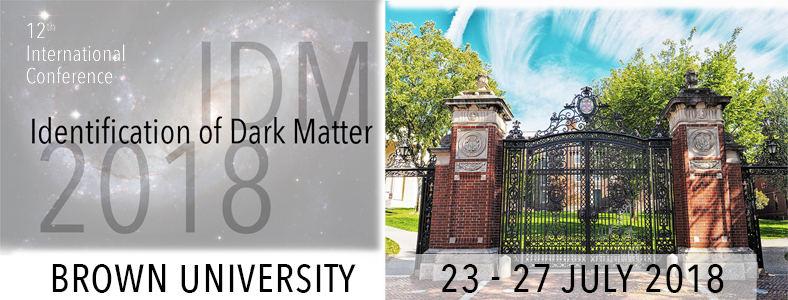Speaker
Description
The SuperCDMS collaboration has designed a new generation of semiconductor-based dark matter detectors with sensitivity to single charge carriers and very low dark count rates. The achieved threshold of less than half of an electron-hole pair enables the detection of events with energy deposits as little as 1.2 eV (0.7 eV), the indirect bandgap energy of Si (Ge). This threshold was reached partially through the use of the Neganov-Trofimov-Luke effect where the charge carriers drift through a large electric potential, converting their potential energy into phonons. In order to take advantage of this crucial pre-amplification mechanism, a phonon detector with an energy resolution of order of 10 eV is needed - a technical challenge in its own right. In this talk I will discuss the initial science results from 0.5 g-d of exposure with a gram-scale prototype detector, and prospects for future dark matter searches employing similar detectors with further improved charge resolution and even lower backgrounds.
